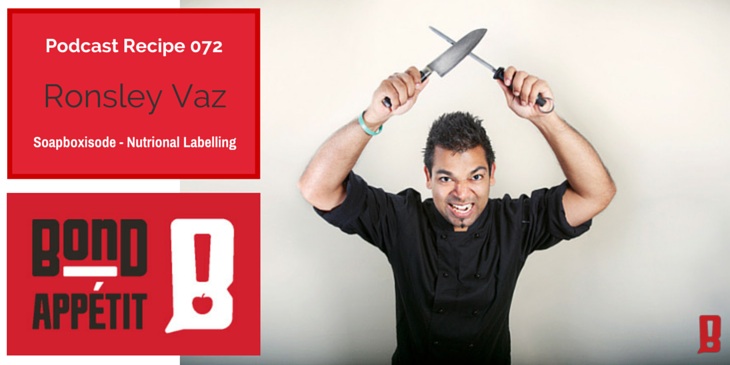This is a SOAPBOXISODE.
FSANZ sets food labelling standards in the Food Standards Code. These standards are enforced by the Australian states and territories and, in New Zealand, by the Ministry for Primary Industries (MPI).
How to understand food labels
Food labels can be very confusing and tricky to understand. Often we don’t have the time to spend trying to work out what they mean and how to use them.
However, a few quick tips can make shopping for healthy food a whole lot easier and quicker and can help you lose weight. Knowing what nutrition information to look for, can help you make the best choice for your health and avoid unnecessary saturated fat, added salt, added sugars and kilojoules.
Nutrition Information Panel
The Nutrition Information Panel on a food label offers the simplest and easiest way to choose foods with less saturated fat, salt (sodium), added sugars and kilojoules, and more fibre. If we want to lose weight, it’s best to avoid discretionary foods as they provide few nutrients but plenty of kilojoules. However, it is still possible to include small serves of discretionary foods, eaten occasionally and savoured by eating slowly and enjoying the food with all our senses.
Ingredients List
All ingredients in a food product must be listed on the label in order from largest to smallest by weight.
You can use this to spot foods that might be high in saturated fat, added salt or added sugars because these ingredients are listed in the top three. Also look out for other words on the ingredients list that flag ingredients high in saturated fat, added salt or added sugars.
To lose weight we need to eat and drink fewer kilojoules than our bodies use. The kilojoules can come from one source or a combination of fat, sugars, protein, carbohydrate or alcohol. It’s the overall kilojoule total that matters for weight loss, rather than the source of the kilojoules. However, if fat or sugars are high on the list of ingredients, it is a good reason to check how high the kilojoules are in the amount you would eat.
Nutrition content claims
Sometimes labels will include nutrition content claims like ‘low fat’, ‘reduced salt’ or ‘high fibre’. These claims can only be used if the food meets certain criteria. For example, products carrying ‘low fat’ claims may not be low in total energy (kilojoules) when compared with similar products.
Percentage Daily Intake
Some labels also list nutrients in a serve of the product as a percentage of daily nutrient intake. This can be used to compare the nutrients in one serve of the food with what an ‘average adult’ needs. Like nutrition claims, this information can give you a rough guide, but your individual needs, particularly kilojoules, could be quite different.
Flavour Enhancer 621
| 621 E621 |
Monosodium L-glutamate (MSG) | Sodium salt from glutamic acid (E620), a natural amino acid (building block of protein). Commercially prepared from molasses by bacterial fermentation. Added to any savoury processed protein food. In cigarettes and animal food. In over 10,000 foods in USA. Flavour enhancer derived from the fermentation of molasses, salt substitute; adverse effects appear in some asthmatic people, should not be permitted in foods for infants and young children as it could damage the nervous system. Typical products are canned vegetables, canned tuna, dressings, many frozen foods. To be avoided. It could kill nerve cells, resulting in diseases such as Huntington’s, Alzheimer’s and Parkinson’s. Pregnant women, children, hypoglycaemic, elderly and those with heart disease are at risk from reactions. |
Label Examples:


Resources
- http://www.foodstandards.gov.au/industry/labelling/pages/default.aspx
- https://www.eatforhealth.gov.au/eating-well/how-understand-food-labels
- https://www.eatforhealth.gov.au/food-essentials/discretionary-food-and-drink-choices
- http://www.mbm.net.au/health/620-640.htm
Author: Ronsley Vaz
Ronsley is the founder & chief day dreamer at AMPLIFY. He is an author, speaker & serial entrepreneur.
He has a Masters’ degree in Software Engineering and an MBA in Psychology and Leadership. He is known as the creator of We Are Podcast – the first Podcasting Conference in the Southern Hemisphere, and the host of The Bond Appetit Podcast and Should I Start a Podcast. He has an audience of over 3 million in 133 countries.
Podcast: Play in new window | Download
Subscribe: RSS


